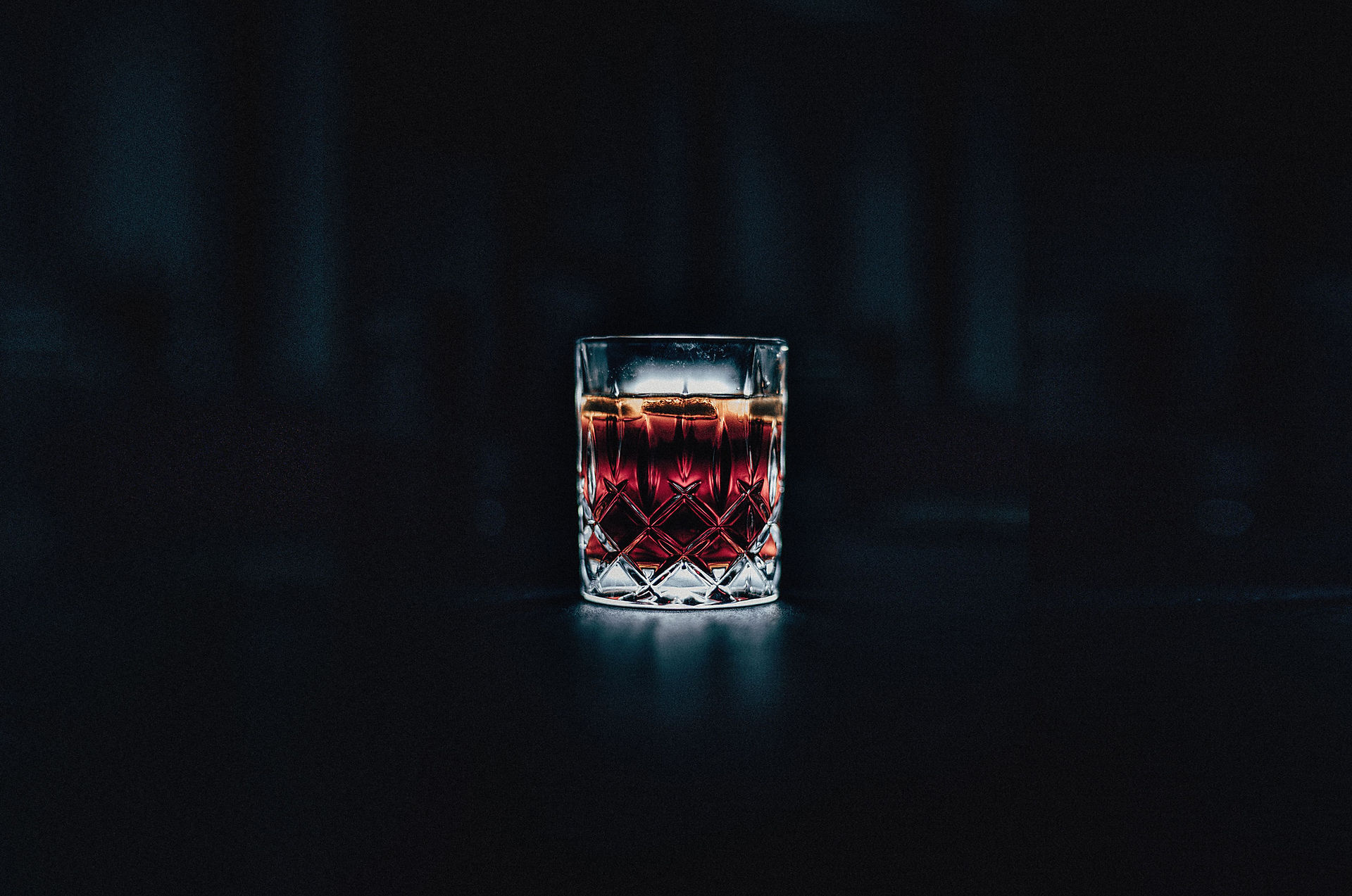Residual Sugar in Champange - it matters!
- Gwenn Larsson

- Apr 10, 2023
- 2 min read
Champagne is one of the most iconic and luxurious wines in the world, known for its effervescence and complexity of flavor. One of the key factors that contribute to the flavor profile of Champagne, and what influences people the most regarding how much they like it is its residual sugar levels.
Residual sugar, also known as RS, refers to the amount of sugar that remains in wine after the fermentation process is complete. In Champagne, residual sugar levels can vary significantly, depending on the style of the wine and the preference of the winemaker.
Champagne is traditionally made using a blend of three grape varieties: Chardonnay, Pinot Noir, and Pinot Meunier. After the grapes are harvested and pressed, the juice is fermented in stainless steel tanks to create a base wine. This wine is then many times blended with reserve wines from previous years to create a cuvée, which is bottled with yeast and sugar to undergo a second fermentation.
During this second fermentation, the yeast consumes the sugar and produces carbon dioxide, which creates the bubbles that Champagne is known for. The amount of sugar added to the bottle before the second fermentation, known as the dosage, will determine the final residual sugar level of the wine.
Champagne is generally classified into several categories based on its residual sugar levels:
Brut Nature (0-3 g/L): This is the driest style of Champagne, with little to no residual sugar.
Extra Brut (0-6 g/L): This style of Champagne is also very dry, with a minimal amount of residual sugar.
Brut (less than 12 g/L): This is the most common style of Champagne, with a dry and balanced flavor profile.
Extra Dry (12-17 g/L): Despite its name, this style of Champagne is actually slightly sweet, with a touch of residual sugar.
Sec (17-32 g/L): This style of Champagne is noticeably sweeter than Brut, with a medium level of residual sugar.
Demi-Sec (32-50 g/L): This style of Champagne is quite sweet, with a noticeable sweetness on the palate.
Doux (more than 50 g/L): This is the sweetest style of Champagne, with a high level of residual sugar that makes it almost dessert-like.
It's worth noting that these classifications are not set in stone and can vary between producers. Additionally, the residual sugar level is just one factor that contributes to the overall flavor profile of Champagne, alongside acidity, fruitiness, and minerality.
In conclusion, residual sugar levels play an important role in the flavor profile of Champagne. Whether you prefer a bone-dry Brut or a sweeter Demi-Sec, there is a Champagne style to suit every taste.You should experiment tasting Champagnes with different sugar levels to see which level is your favorite. You can also take a course with WineClass - www.wineclass.dk - to sample 12 different Champagne styles with various sugar levels to get more insight.
And don't forget the next time you're sipping on a glass of bubbly, take a moment to appreciate the balance of sweetness and acidity that makes Champagne so unique.




Comments